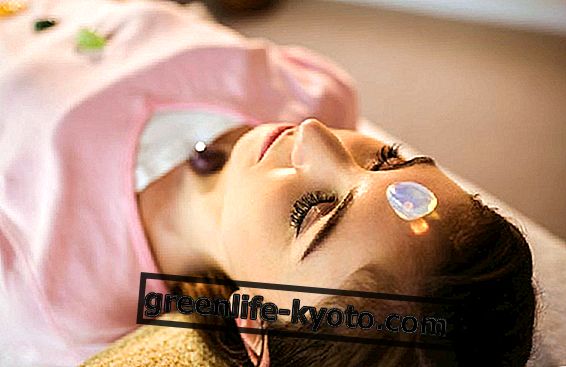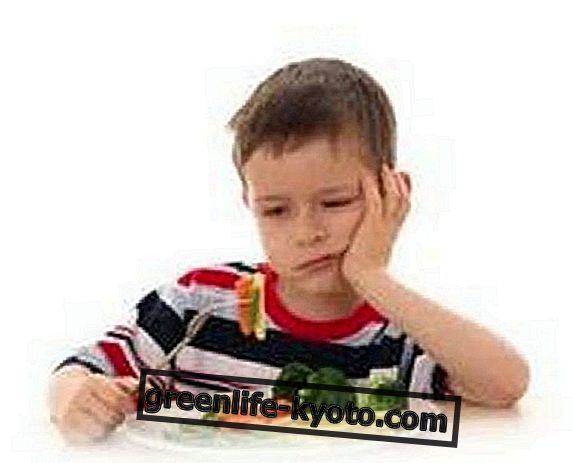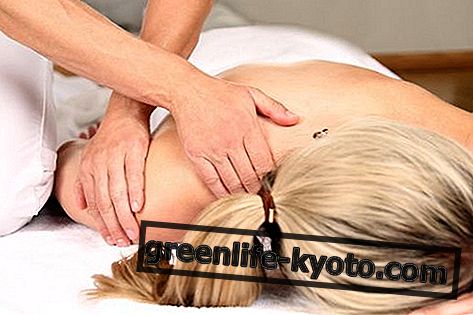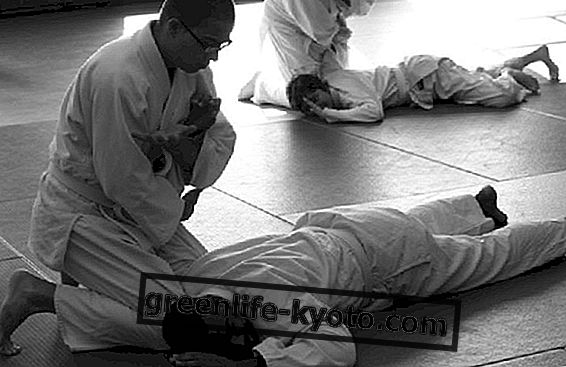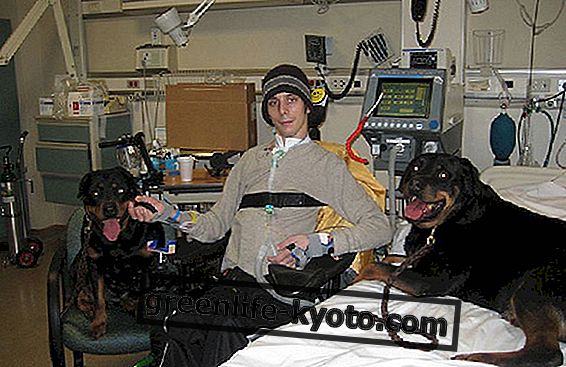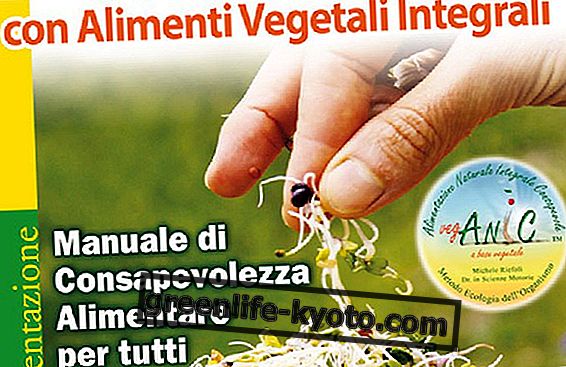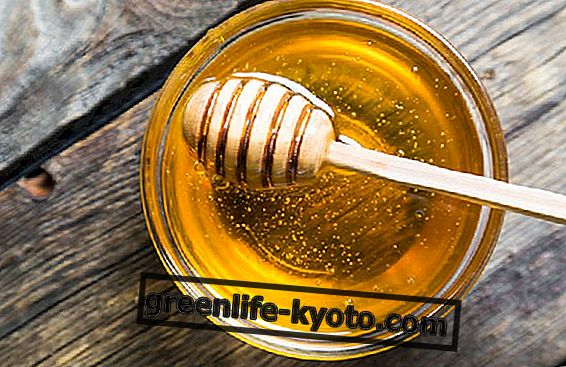
The first year of life is crucial in the psychomotor development of the child and the adult it will be.
It is in this period in fact, that the newborn develops patterns of movement, perception and organization of information (patterns) that will allow him to establish a relationship with himself, with others and with the surrounding world.
Facilitating this process of growth and development can and does serve to optimize the physical, emotional and intellectual abilities of the child itself.
Touch and movement are the first ways in which the newborn and even before the fetus, knows itself and the world.
From an early age, through the tactile experience we explore and understand the world, to reach the fundamental phase of the evolutionary process, which starts first as a prehensile activity reflected from the 1st to the 3rd month of life, to then pass through various intermediate stages: the cubit - palmar grip at the 4th month, the medium - palmar grip at the 5th - 6th month ... which will lead the small explorer to voluntary prehension.
The activity of exploration by touch involves the neoformation of greater synapses at the cortical level, which results in the enlargement of the small "inter-informational neural highway" that the newborn already possesses at birth but precisely, is functionally small.
The basic motor and tactile experiences are learning processes, which will lead to functional maturation of the central nervous system and this will allow more and more complex actions such as: motor activity, in its finer manifestations, relationships, perception,, cognitive functions, emotional well-being.
In developmental age the central nervous system has an effect on the child's movement and is in turn affected.
The formation and integration of basic movement patterns follows a very specific order, where each scheme precedes and prepares the becoming of another.
The motor patterns exert a considerable influence on the neurological organization of the child, promoting first of all the formation of the body schema.
For the lower limbs the basic motor patterns are:
- walk, run, jump;
for the upper limbs are:
- grab, throw, take;
for the trunk are:
- roll, crawl, climb.
The evolution of the basic motor schemes mentioned above will allow the inclusion of increasingly complex and integrated gestures in the programming of elementary physical activities, in which the body can move in relation to space-time references, rhythmic times, etc.
This learning process is regulated by sensory and coordinative activity, it is therefore a complex activity.
1. The sensory perceptive abilities represent specific bodily potentialities, which are crucial for warning and reacting to stimuli coming from outside and inside our body.
The nerve receptors responsible for responding to these sensory stimuli are part of our sense organs, which receive the signal (stimulus) and transmit it to the central nervous system which, in turn, will analyze the stimulus resulting in an effector response to the muscles .
2. Coordinative skills are components of the movement needed to organize, adapt and transform movements.
A motor program is not easily stabilized and the learning of a motor activity requires a series of successive steps, influenced, not least, by the educator and his ability to transmit first verbally and didactically subsequently, the executive modalities about the motor tasks to be performed by the child.
If, for different reasons, prenatal or post-natal, psycho-affective or psycho-motor the child skips one of these schemes or, if they do not integrate with each other, a different set of problems would be realized, which would affect the capacities to varying degrees. psychological, cognitive, motor, relational, of the child.
However, thanks to the elasticity of the nervous system there are, particularly in this period of life, greater chances of recovery of lost or non-integrated motor patterns, by different professional figures, primarily the psychomotor operator.
As educators working in the motor sector, we must be aware of the great responsibility that is intrinsic to our work, as our knowledge and our know-how can help the child achieve a sense of psychophysical and emotional well-being.
Our work affects its joy of existing and trust in its abilities, it also prepares it to better social interrelations.
All these possibilities are greatly influenced by the first experiences of movement, of contact is of tactile perception, typical of childhood and evolutionary age.
Through play - movement, teachers, parents and practitioners have a fabulous opportunity to promote and promote a peaceful development of a human being.
Too often, and the Italian school of the first cycle is a negative example, it lacks a professionally valid figure, with a specific university study path behind it.
In our elementary classes, at best, the teachers are asked to propose the recreational and motor activity and without them having the specific preparation, to carry out a task as delicate as it is full of obstacles.
The formative shortage of the masters is objectified by the few months of pseudo-extra curricular training that is given to them and creates difficulties for them, about the simplest practical activities to put in place.
For example on the differentiation of training requests according to the different biological ages, on the specific contents of training in the various ages and development.
In addition, the theoretical lack that they present about the neurological processes underlying learning, anatomy and physiology, methods of reinforcement of learning mechanisms, Martin's sensitive phases, relations between sense-perceptive and coordinative capacities, of the development methodology of the conditional capacities, up to the deep understanding of the movement patterns in the developmental age, they should be sufficient to raise a unanimous cry of indignation to the professionals of the sector, to the faculties of motor sciences, to parents, to society.
In general, an attempt is made to facilitate the child to learn to read, to write, perhaps to study a second if not a third language, forgetting that movement is the key to access which allows it to develop in a serene and at most its own way potential.

